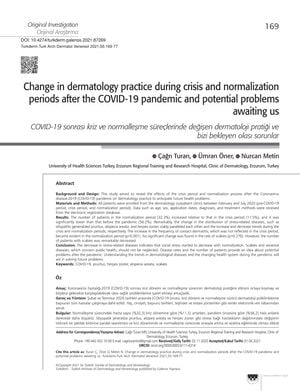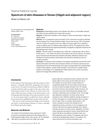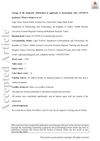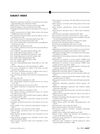Change in Dermatology Practice During Crisis and Normalization Periods After the COVID-19 Pandemic and Potential Problems Awaiting Us
December 2021
in “
Turkderm
”

TLDR The COVID-19 pandemic led to fewer dermatology patients, more stress-related skin conditions during the crisis, and a rise in contact dermatitis after, with ongoing concerns for public health and treatment delays.
The study assessed the impact of the COVID-19 pandemic on dermatology practice by examining patient trends at outpatient clinics from February to July 2020. It found that the number of patients increased from 11.5% during the crisis to 32.3% in the normalization period but remained lower than the pre-pandemic figure of 56.2%. Stress-related diseases like idiopathic generalized pruritus, alopecia areata, and herpes zoster increased during the crisis and decreased during normalization. Contact dermatitis significantly increased in the normalization period, while scabies rates did not change significantly. The study suggests that social stress reduction is linked to the decrease in stress-related diseases, but warns against neglecting public health concerns like scabies and venereal diseases. The study also highlights the role of teledermatology during the pandemic and the potential issues arising from delayed treatments. The study was a single-center cross-sectional retrospective study without patient consent needed due to anonymized data.



